Trump Gains Among Nonwhite People: Historical Precedent and Possible Harbinger
Did anyone expect, when they heard the candidate's announcement at the base of the Trump Tower escalator in June 2015, that nine years later, he would be elected to a second term with sharp increases in Republican percentages from nonwhite people -- Latinos especially, but also Black and Asian people?
Opponents and commentators blandly call President-elect Donald Trump a racist without bothering with documentation -- although, in my view, being a racist is one bad thing that Trump is not. He's a New Yorker with minority ancestry (German, Scottish) who has mingled with and made deals with people of every origin all his life, in his trek from Queens to Manhattan to palatial Mar-a-Lago and his demotic (that means of the people, not "demonic") rallies across the country.
But in his third general election campaign, Trump has won increased support from groups that his opponents and most commentators never thought he could. The 2024 CNN exit poll shows Trump winning 17% of Black people to Vice President Kamala Harris' 82%, tying her 48% to 48% among Hispanic people, and beating her 50% to 47% among Asians. Similar results come from the Fox News survey -- Trump won 16% from Black people, 43% from Latinos, and 41% from Asians -- and NBC's exit poll -- 13% from Black people, 46% from Latinos, and 39% from Asians.
In the seven target states, Trump's percentages among Black people lagged, but turnout was down, suggesting ambivalence among many Black voters, while his percentages tended higher, sometimes over 50%, among target-state Latino and Asian people.
All these numbers show progress for him over the Biden-Harris administration. CNN's 2016 and 2020 exit polls show gains have been greatest among men, converting a 69% deficit among Black men to 56%, and converting a 31% Democratic margin among Latino men against former Secretary of State Hillary Clinton to a 12% lead over Harris.
To say Trump's support among these voters is unprecedented is un-Trumpian understatement. Exit polls going back to 1980 showed the Republican percentage among Hispanic people rising to 35% only once, for George W. Bush in 2004, and never rising above 14% among Black people. It's wobbled around more from Asian voters, who were not numerous enough to track 40 years ago.
In the long run of history, it's unusual for one demographic segment to vote around 90% for one political party. But it's been the norm for Black people, who respond to the cries of "unity" one has heard from Black politicos and preachers for decades on end.
For members of a minority group ineluctably subject to discrimination and humiliating mistreatment, as Black people were under slavery and segregation, it makes sense to maximize your political clout by casting almost all your votes for one side. A group voting 90-10 for one party delivers an 80% majority, and a group voting 60-40 delivers a majority of only 20%. Politicians can read numbers: 80 is four times 20.
So large majorities of Black people, among the few allowed to vote, voted Republican, for the party of Lincoln, over the 67 years between 1865 and 1932. In the '30s, about two-thirds of Black people switched to New Deal Democrats, and in the '30s, '40s and '50s, as many Black people moved north and into the national electorate, both parties competed for their votes, with Democrats usually, but not always, winning majorities.
Then Republican presidential nominee Barry Goldwater voted against the Civil Rights Act of 1964, and Black people began voting around 85% to 90% Democratic. Now, 60 years later, not much short of the 67 years Black people stayed with the party of Lincoln, that's beginning to change.
Though some people don't like to admit it, Black people have much less reason to fear constraints, harassment, insults and violence as they go about their daily lives, at work and while shopping, than they did 60 years ago in the segregated South or the separationist North. They're more able to buy or rent housing outside ghetto neighborhoods and live there without backlash: Fair housing laws and improved mores have worked.
In these much-improved but not perfect circumstances, some Black voters are starting to feel free to vote on other issues than "unity" -- including this year's inflation, illegal immigration and government-paid sex change surgery. Both parties will have incentives to compete for Black people's votes, and Black Democratic percentages will likely decrease to varying extents.
This process is already well underway with Latino voters. The federal government invented the Hispanic label for the 1970s census and made recipients eligible for anti-discrimination lawsuits and racial goals and preferences. But their numbers were small then, and, except in small pockets years ago, they have not been treated anything as badly as Black people were for decade after decade.
California's Latino voters reacted negatively to a 1994 California Republican referendum denying welfare to illegal immigrants. "They're saying we don't work hard," one Latino entrepreneur told me. "One thing we really do well is, we work hard." Trump's complaints about illegal immigrants who commit crimes evidently haven't struck that same nerve. Defending the Border Patrol against liberal critics strikes a different chord in the Rio Grande Valley and other border zones where the border is patrolled mostly by Latino Americans.
In all this, I hear echoes from my 2001 book "The New Americans," in which I argued that, in terms of assimilation, Black people resemble Irish, Latinos resemble Italians, and Asians resemble Jews. All those earlier immigrant groups assimilated in time while retaining, for those who want, some marks of cultural distinctiveness. They moved from being "unity" voters to becoming normie voters, often described today simply as undifferentiated "whites."
That process was not unproblematic. Patrick Ruffini, Republican pollster and author of "Party of the People," points to a 1969 New York magazine article by Pete Hamill, a gifted reporter and one of the stars in a golden age of New York tabloid writing. Hamill reports, and with some dialogue not to be repeated here, how "the White Lower Middle Class of New York," white Irish, Italian, Polish and other outer-borough ethnicities, "in places like Inwood, South Brooklyn, Corona, East Flatbush, and Bay Ridge," were seething with rebellion against the liberal policies of blueblood Mayor John Lindsay and rich Manhattanites for unduly favoring Black people and disrespecting their hard work.
You hear echoes of such complaints today in exactly such New York neighborhoods, which this year produced the largest increased Trump percentages I've seen anywhere in the country. The difference is that the gripes are voiced and the votes are cast by Dominicans in Inwood, Chinese and Orthodox Jews in South Brooklyn, Poblano Mexicans in Corona, Caribbean Black people in East Flatbush, and Central Americans and Lebanese in Bay Ridge. A few elections after Hamill's article, Ronald Reagan carried or came close to carrying such neighborhoods and twice won New York's electoral votes. Will the Trumpward trends there this year prove the harbinger of something like that happening again a few years from now? It's a possibility both parties' strategists can't afford to ignore.
========
Michael Barone is a senior political analyst for the Washington Examiner, resident fellow at the American Enterprise Institute and longtime co-author of The Almanac of American Politics. His new book, "Mental Maps of the Founders: How Geographic Imagination Guided America's Revolutionary Leaders," is now available.
Copyright 2024 U.S. News and World Report. Distibuted by Creators Syndicate Inc.































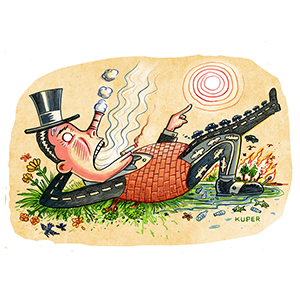

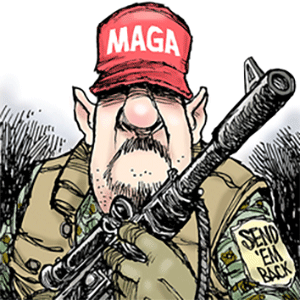
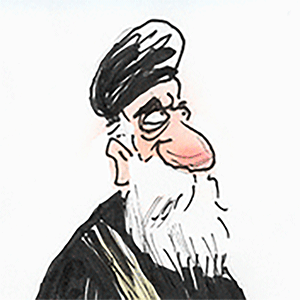
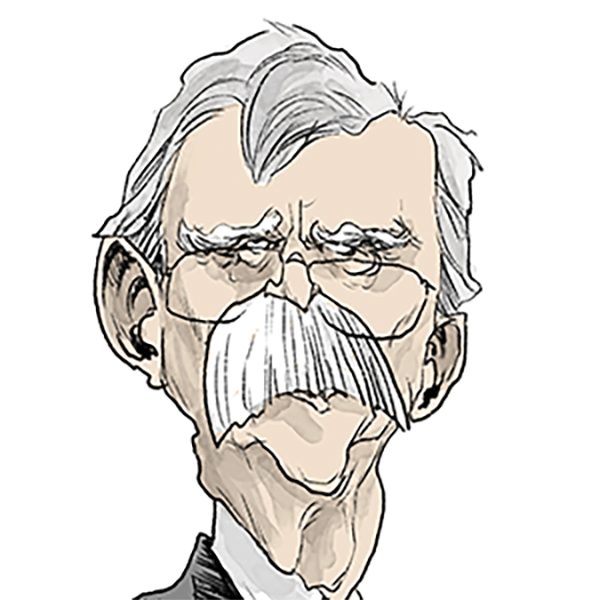
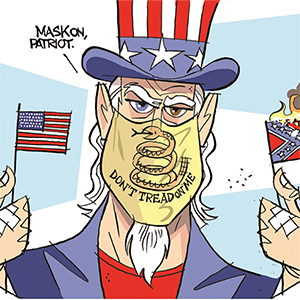
Comments